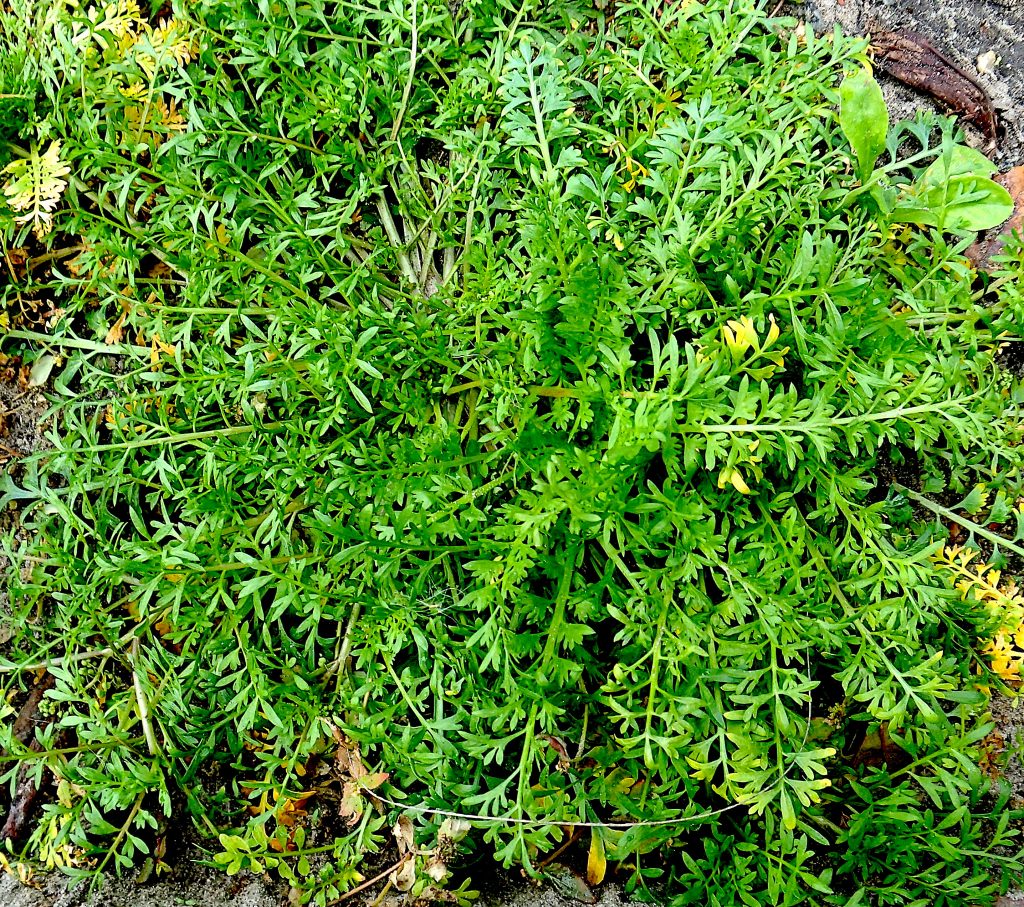
From a few feet above Swinecress can appear feathery. Photo by Green Deane
Weather and seasonal difference can change plant schedules and locations.
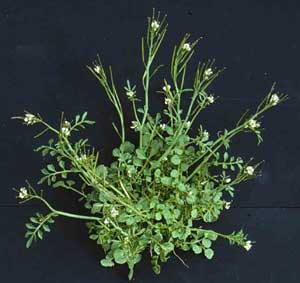
Tangy Hairy Bitter cress — not bitter at all. Poto b Green Deane
This past weekend we saw two of the little mustards, (hairy bitter cress and Swine Cress) pushing the winter season and in an unusual location. Usually Hairy bitter cress like fertile, damp low spots, and swine cress likes lawns with rich soil. Both show up when the nights get cool, and the ground drops a few degrees in temperature. Perhaps the Octobe’sr cold spell prompted these two to sprout early. We also found them high and dry, deposited by Hurricane Ian’s flooding. It pays to look around after heavy rains. Both species will be around until the end of spring.
ANd that reminds me the large mustards (and radish) are doing well now. You can see them most often as yellow flowers along the roadside particularly in rural areas. They are also common along high bank interstates.
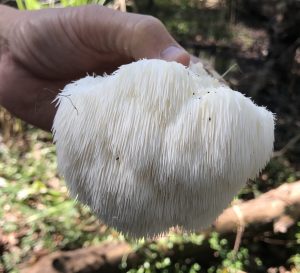
Lion’s Mane is tasty and medicinal. Photo by Green Deane
We are shifting mushrooms seasons from terrestrial to trees or ground to wood. Instead of looking down we now look up. Milk caps and chanterelles are giving way to Oysters, Lion’s Mane and Chicken of the Woods. Edible fungi that like wood also often like cooler weather but not exclusively. There are oysters and chickens other times of the year but cool is prime time. Lion’s Mane, however, is one I see only after the season starts to turn cooler and only in to northern Florida. It’s a choice find. To my pallet raised on the coast of Maine it tastes like carb or lobster and I use it in similar ways. This particular specimen was found in a foraging class in Jacksonville. You can read more about it here.
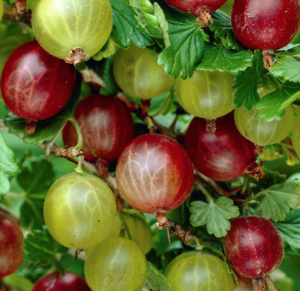
Gooseberries and currants come in several colors and flavors.
You won’t find wild Gooseberries or currants anywhere near The South. They like cool, humid weather: Think New England, Nova Scotia, Newfoundland, New Brunswick and west of there (and also possibly the tops of the Appalachian Mountain Chain.) There were several “blights” in the last century. One took out the American Elm and another the great Chestnut. A third took its toll on Gooseberries. They did not get the disease themselves, the White Pine Blister, but they were the intermediate host of the disease. As one might imagine a pine blister in the the Pine Tree State was serious business thus Gooseberries and currants had to go. Legions of Boy Scouts and WPA workers destroyed it where they found it. But, I do remember seeing them in the wild. We often rode horseback over abandoned woods roads where there were also abandoned cumbling farm houses. There I saw Gooseberries and currants self-seeding. A ban on the plants was federally imposted in 1911 then shifted to the states in 1966. You can harvest Gooseberries now here and there at picking farms and no doubt there are some wild one still. You can read about Gooseberries here.
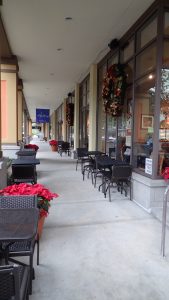
Panera’s in Winter Park where we start and finish the Urban Crawl.
My annual Urban Crawl is coming up, my twelfth, on Frkiday, December 23rd in Winter Park. A reasonable question is what about foraging in a city? There is some surprising research. Dan Brabaner is a geoscience professor at Wellesley College, Boston. With some undergraduate students they studied preserved food collected from fruit trees and the like in the urban Boston area. What they found was cherries, apples, peaches and herbs were relatively low in lead and arsenic. That is, a serving had less amounts of these toxins than the allowed daily amount for a child. The team also did not find a significant difference between peeled and unpeeled fruit. The fruit was low in toxic chemical because they are the furthest away from any toxins in the soil. This would apply to tree nuts as well. Leafy greens faired well, too, because they grow fast and 1) don’t have time to accumulate toxins and 2) most air pollution on them can be washed off. Brabander also analyzed foraged food from plants growing in the urban environment not growing on agricultural soil. These foods had higher micronutrients because they were not growing on worn-out agricultural soil. Calcium and iron were higher as were manganese, zinc, magnesium and potassium. Thus we know that not only do “weeds” pack more of a nutritional punch because they are wild but also because they can be growing in better soil. My Urban Crawl is a free class. We meet in front of Panera’s at 10 a.m. We wander south to the college, stop at Starbucks, go east to the public library area, then back to Panera’s. It is wheelchair friendly.
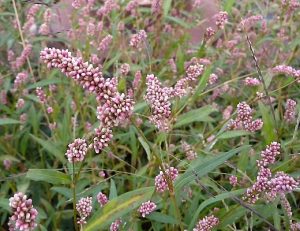
Lady Thumbs are closely related to Smartweed. Photo by Donna Horn Putney
Also happily blossoming now is Smartweed, a hot pepper substitute. We saw a lot of it last weekend in a private class in Mayakka City. There are actually two sources of heat on the plant. The leaves have quite a bite. The blossoms are hot and bitter. The blossoms can be white or pink and the plant always grows in damp places if not in water. One odd thing about the species is that it can also be used to catch fish. To read about Smartweed go here. I also have a video about Smartweed, filmed in the rain if I remember correctly. You can view it here.
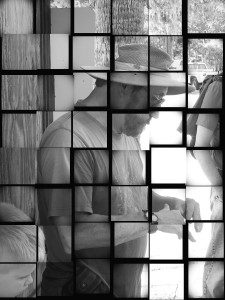
Foraging Classes are held rain or shine or cold.
As our winter progresses and hurricane season evaporates there will be more classes in the central and southern areas of the state:
Saturday November 19th, Red Bug Slough 5200 S. Beneva Road, Sarasota, 9 a.m.
Sunday November 20th, George LeStrange Preserve, 4911 Ralls Road, Fort Pierce, FL, 34981. 9 a.m.
Saturday November 26th, Eagle Park Lake, 1800 Keene Road, Largo, FL 33771. Meet at the pavilion near the dog park. 9 a.m.
Sunday November 27th, Wickham Park: 2500 Parkway Drive, Melbourne, FL 32935-2335. Meet at the “dog park” inside the park. 9 a.m.
For more information about the classes, to pre-pay, or to sign up go here. For all communication with me use GreenDeane@gmail.com
Changing foraging videos: As my WordPress pages are being updated the video set will go away. They are the same videos I have on You Tube. Some people like to have a separate copy. The DVD format, however, is becoming outdated. Those 135 videos plus 36 more are now available on a USB drive. While the videos were played from the DVDs the videos on the USB have to be copied to your computer to play. They are MP4 files. The 171-video USB is $99. If you make a $99 “donation” using the link at the bottom of this page or here, that order form provides me with your address, the amount — $99 — tells me it is not a donation and is for the USB.
This is weekly newsletter #530. If you want to subscribe to this free newsletter you can find the sign-up form in the menu at the top of the page.
To donate to the Green Deane Newsletter click here.

